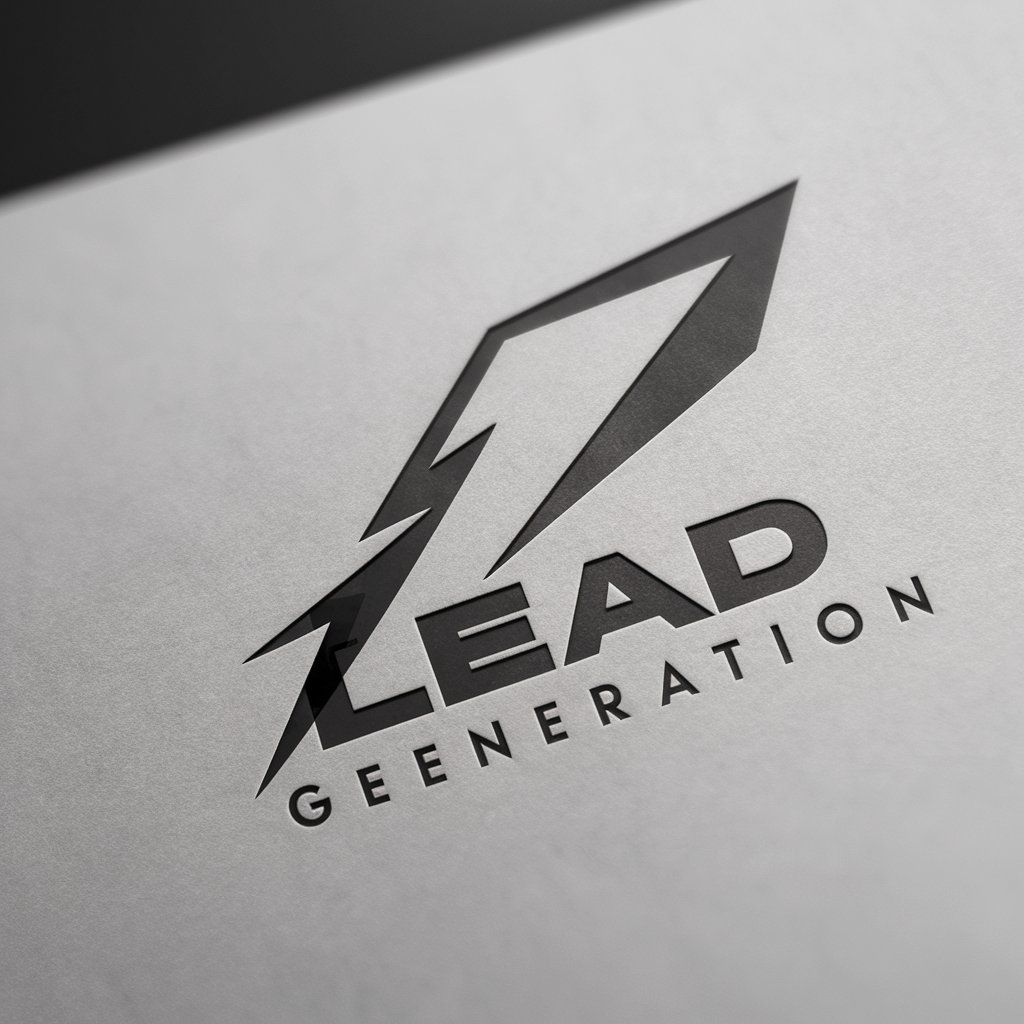Lead generation is more than just a buzzword in the marketing world—it’s an art form. Think of it as a dance, where you’re not only attracting potential customers but also creating meaningful connections that can lead to lasting relationships. Whether you’re running a small business or managing a large corporation, understanding how to effectively generate leads is crucial for success.
In today’s digital landscape, the competition is fierce. Every brand is vying for attention, and standing out requires finesse and strategy. This blog will explore the various techniques used in lead generation while providing tips on crafting your own effective approach. From leveraging social media platforms to harnessing SEO’s power, we’ll delve into the essentials of becoming adept at this critical skill.
Join us as we unravel Lead Generation: The Art of Attraction and discover how you can draw in potential customers with ease and creativity.
The Different Types of Lead Generation Techniques
Lead generation techniques come in various forms, each designed to attract potential customers. One popular method is content marketing. This approach involves creating valuable and informative content that draws in your target audience.
Another effective technique is email marketing. By sending personalized messages directly to a curated list, businesses can engage with prospects and nurture relationships over time.
Social media marketing also plays a pivotal role. Platforms like Facebook and Instagram enable brands to connect with users through targeted ads or organic posts, fostering interaction and interest.
Webinars offer another unique avenue for lead generation. They provide an opportunity to showcase expertise while addressing the needs of potential clients.
Tips for Creating an Effective Lead Generation Strategy
Creating an effective lead generation strategy requires a clear understanding of your target audience. Start by defining their pain points and preferences. Tailor your messaging to resonate with their needs.
Leverage the power of storytelling. Engaging narratives can draw potential leads in and keep them interested in your brand. Use case studies or testimonials to illustrate how your product or service has made a difference.
Make use of various channels for outreach. Email marketing, landing pages, webinars, and social media platforms all offer unique opportunities to connect with prospects.
Don’t forget about follow-ups. A timely message after initial contact can make all the difference in nurturing those budding relationships.
Always be ready to adapt your strategy based on feedback and results. The market is ever-evolving; staying flexible will help you maintain an edge over competitors.
Utilizing Social Media for Lead Generation
Social media platforms are more than just a space for sharing personal updates. They’re fertile ground for lead generation. With billions of users worldwide, these networks provide unparalleled access to potential customers.
Engagement is key. Regularly post content that resonates with your audience’s interests and pain points. Use eye-catching visuals and compelling calls-to-action to draw attention.
Join relevant groups or forums where your target audience congregates. Participate in discussions, offer advice, and subtly introduce your services when appropriate.
Paid advertising on social media can significantly boost visibility as well. Target specific demographics to ensure you reach the right people at the right time.
Don’t forget about analytics tools available on these platforms. They help track engagement rates and conversion metrics so you can refine your approach continuously. Social media isn’t just a tool; it’s an essential part of modern lead generation strategies.
Incorporating SEO and Content Marketing in Lead Generation
SEO and content marketing are powerful allies in the realm of lead generation. By optimizing your website for search engines, you increase visibility among potential leads actively searching for solutions.
Creating valuable content is key to attracting these visitors. Blog posts, ebooks, and infographics can position your brand as a trusted authority. When users find answers through your content, they’re more likely to engage further.
Keyword research plays a vital role here. Understanding what phrases your audience uses allows you to tailor your content effectively.
Incorporate calls-to-action within this material to guide prospects down the funnel. Encourage them to subscribe or download additional resources in exchange for their information.
Measuring and Analyzing Your Lead Generation Success
To truly excel at lead generation, measuring and analyzing your success is crucial. Metrics provide insights into what’s working and what needs improvement.
Start by tracking conversion rates. This tells you how many leads turn into customers. A low rate may indicate issues in your funnel that require attention.
Next, consider the source of your leads. Are they coming from social media, email campaigns, or organic searches? Understanding where your best prospects originate helps refine future strategies.
Engagement metrics also play a significant role. Look at click-through rates on emails or time spent on landing pages to gauge interest levels.
Utilize tools like Google Analytics for deeper insights into user behavior. This data can reveal patterns that inform adjustments in targeting or content strategy.
Regularly review these metrics to stay agile and responsive to changing trends in lead generation tactics.
Conclusion: Becoming a Master at Attracting Leads
Mastering lead generation is a journey that combines art and strategy. It requires understanding your audience’s needs, preferences, and behaviors. As you explore various techniques, focus on what resonates with your target market.
Building an effective lead generation strategy means being adaptable. Test different approaches to see which ones yield the best results for your business. Remember that social media can be a powerful tool in this process—engaging content shared across platforms amplifies your reach.
Incorporating SEO practices ensures your content is discoverable by those searching for solutions you provide. Analyze performance metrics regularly to refine your tactics further.
By immersing yourself in the world of lead generation, you not only attract potential customers but also build lasting relationships that drive growth. Embrace these strategies wholeheartedly, and you’ll find yourself well on the path to becoming a master at attracting leads.
